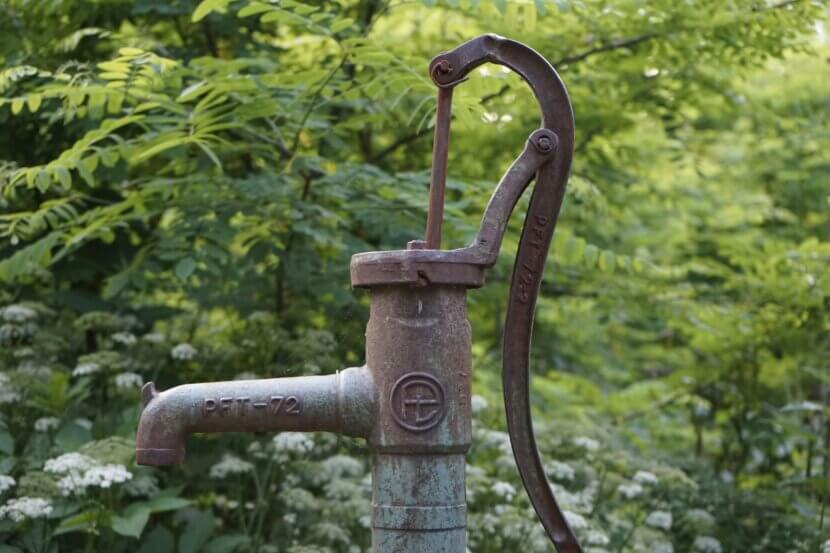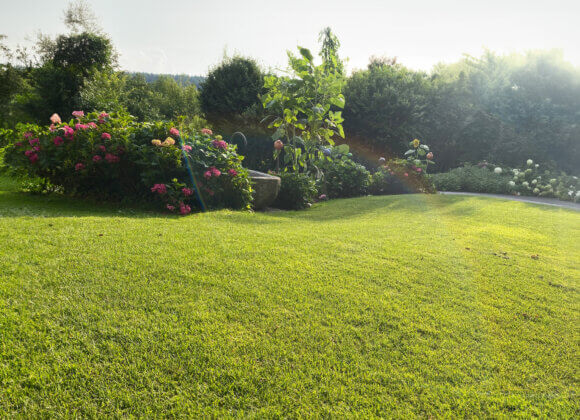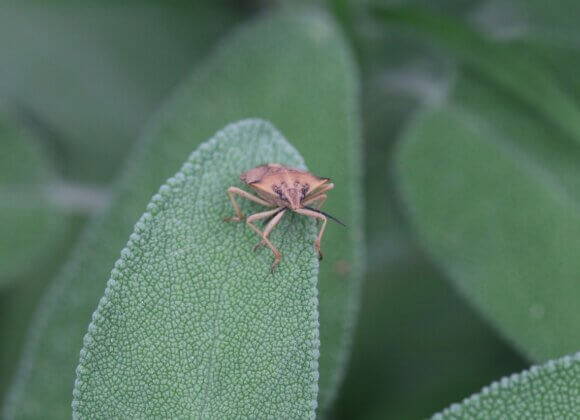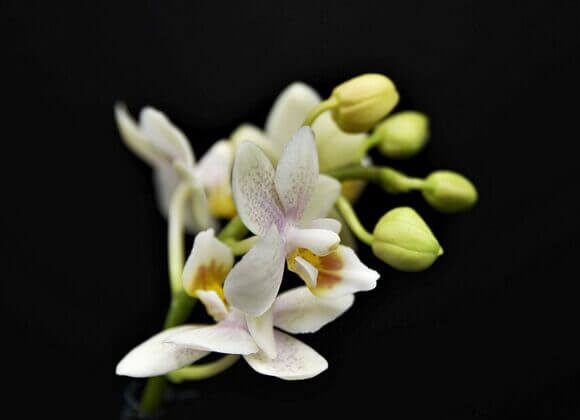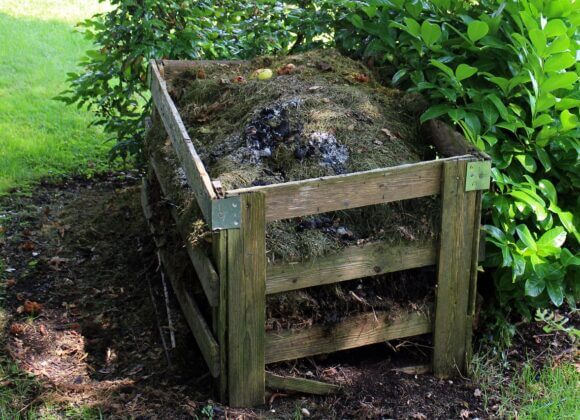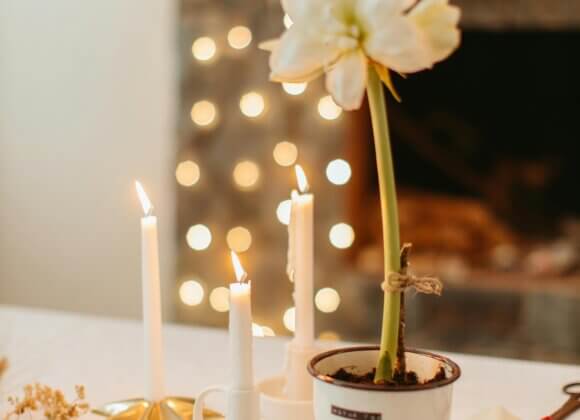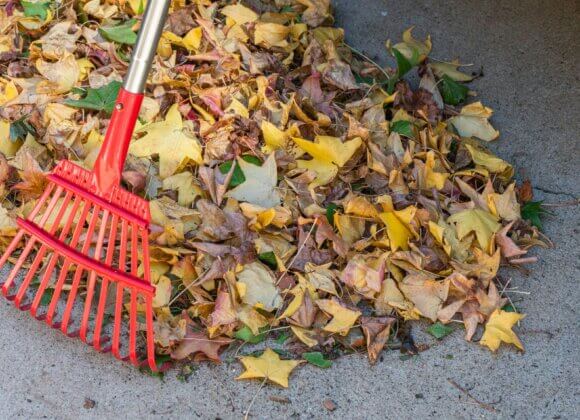Heat and drought not only affect humans and animals, but also plants. To save water, drought-resistant plants should therefore be preferred.
Climate change has Austria firmly in its grip – more so than other countries. Since 1900, the temperature has risen by around 3.1 degrees, which is more than twice the global average. This is according to the recently published second Austrian Assessment Report, which was compiled by the Austrian Panel on Climate Change (APCC). The reason for this is the greater warming of land masses compared to oceans. The number of hot days has also increased – it has tripled in recent decades.
Climate change can also be felt in gardens: despite frequent and extensive watering, many plants can barely cope with the prevailing conditions. At the same time, water scarcity is becoming more and more of an issue in many regions. However, water consumption can be reduced with heat- and drought-resistant plants.
What characterizes drought-resistant plants?
Plants that are native to dry regions have adapted to the climatic conditions prevailing there, for example in their growth and leaves. According to Die Umweltberatung, cushion-shaped growth, such as dwarf shrubs like dyer’s broom or cushion perennials, provides particularly effective protection against water evaporation caused by wind.
Succulents such as houseleeks, stonecrops and milkweed store water in their roots and leaves, which helps them get through the drought. Other plant species such as rosemary or Greek sage, on the other hand, protect themselves from excessive water evaporation by curling up their leaves. Leaf hairs, such as those found on woolly cicely or speedwell, also prevent too rapid evaporation.
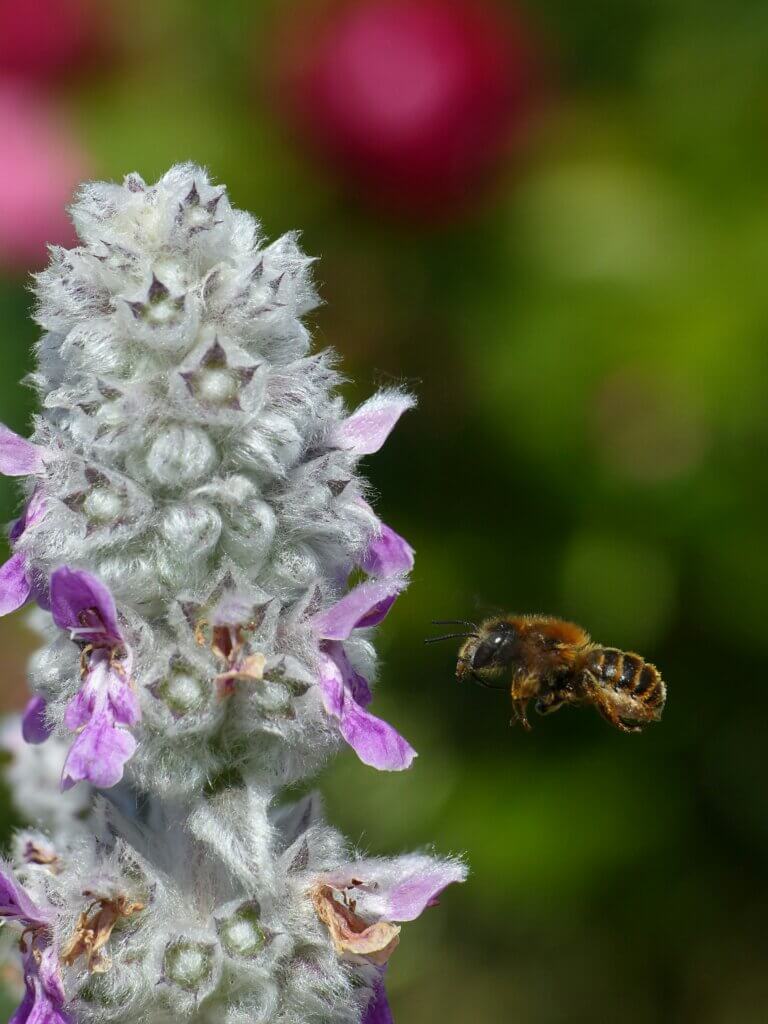
What drought-resistant trees and shrubs are there?
Hop hornbeam, urban elm, field maple, hornbeam and ornamental apple, for example, are content with little water – the latter three can also be cultivated in a trough. The same applies to the common rock pear, cornelian cherry and monk’s pepper.
Are there any drought-resistant perennials?
Perennials that cope well with sun, heat and drought include lavender, blue rue, stonecrop, fragrant nettle, mountain mint, woolly mint, maidenhair, mullein, purple coneflower and catmint.
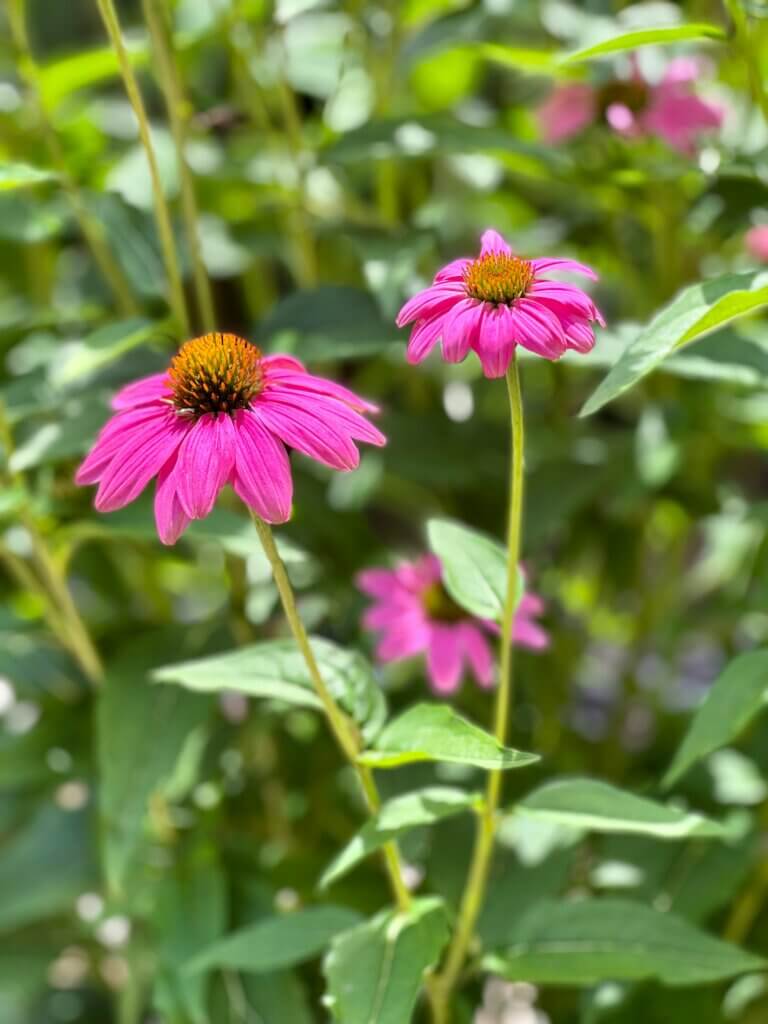
Which spices can cope with dryness?
Not only herbs such as sage, rosemary, thyme and oregano cope well with sun and dryness. Mountain mint, musk mallow and true dost are also happy with these conditions.
What else can you do to save water in the garden?
In addition to choosing plants carefully, there are a few other tricks to reduce water consumption when watering.
– Avoid ornamental lawns, which require a lot of watering and care. According to Die Umweltberatung, flower meadows and flower lawns cope much better with drought and little care.
– Plant trees: these not only provide shade, but also release moisture into the air through their leaves. This generates evaporative cooling, which lowers the air temperature in the surrounding area. In addition, the roots of the trees aerate the soil and precipitation can seep away better. Hedges and shrubs are also proven shade providers.
– If many plants are watered moderately from the outset, they will develop deep roots and can therefore be better supplied with water in dry conditions.
– A layer of mulch, as well as dense planting, prevents rain or irrigation water from evaporating too quickly.
Related posts:


